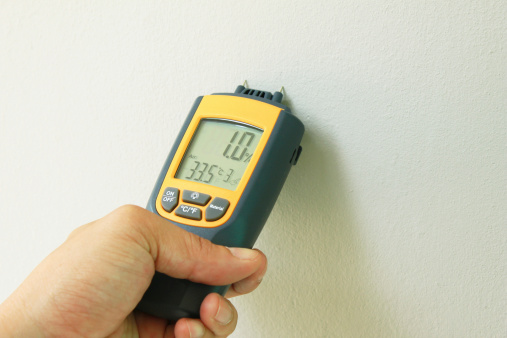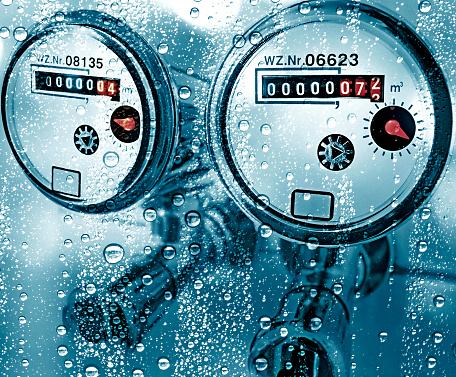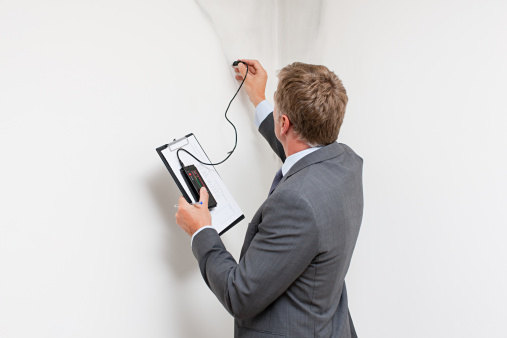In various sectors, a moisture meter is an indispensable tool for detecting materials’ moisture content. Detection of moisture buildup in homes and buildings relies on moisture meters by building inspectors. Manufacturers of furniture employ wood, ensuring the quality of their finished product.
When building a floor over a concrete slab or subfloor, flooring professionals utilize this meters to identify the ideal conditions. The scales can vary in appearance when it comes to moisture but they all show the percentage of moisture present.
Some meters use an analog scale, while others use a digital one to measure percent moisture content. Per meter, the percentage MC readings, and the relevant substrate scales, can vary by brand and type of meter. Generally speaking, moisture meters are calibrated to wood, which results in a pretty accurate reading of the moisture content of wood when used.
The standard deviation of this scale is between 5 and 40%. A relative scale of 0 to 100, where 0 is bone dry, and 100 is saturated, is commonly used when measuring the moisture content of non-wood materials, such as concrete. This is a scale of comparison.

Visual LED indications indicate dry, mild, and saturated or wet readings that correspond to the % reading on the scale. Several meters include additional gypsum scales as an option. The moisture content of these scales can range from 0.2 to 50%. For sheetrock, it is recommended that a moisture meter with a gypsum scale be used when purchasing one.
A Moisture Meter Types:
Pin-type, pinless, and pin/pinless/all-in-one are the most common types used to inspect building and construction materials. There are three different types of meters, each of which is designed to perform a particular purpose and is customized to meet the individual user’s needs.
Moisture meter with or without a pin:
Pinless/ pinless/all-in-one moisture meters are third and maybe more practical .There are two ways to measure percent moisture content (MC). Can use one meter to identify trouble areas and pinpoint the exact site where moisture damage or buildup occurs.

Measurement of moisture without the use of pins:
The electrical impedance theory underlies the operation of pinless .Typically, pinless moisture meters are used to assess the relative moisture content of concrete subfloors and flooring before installing a floor. To install wood or other ornamental flooring material.
Additionally, they are used to detect moisture buildup under bathroom/shower tiles, under vinyl flooring, and other finished surfaces, such as tile and other finished surfaces. Also, see if the water-borne finishes are dry enough for a second coat.
A Pin-Type Moisture Meter:
Pin-type moisture meters can penetrate the test surface to a chosen depth using two pins. Contact pins’ head depth is used to measure percent MC. Electrical resistance between the pins is measured with a resistance meter, which can measure up to 5/16″ deep to calculate the percentage of MC. For subsurface readings, the tips of the pins are relatively sharp, uninsulated, and pierce into the object’s surface. This procedure is seen as intrusive by many people. You can also get a reading by simply touching the pins to the surface of pin-type meters for testing.


Recent Comments